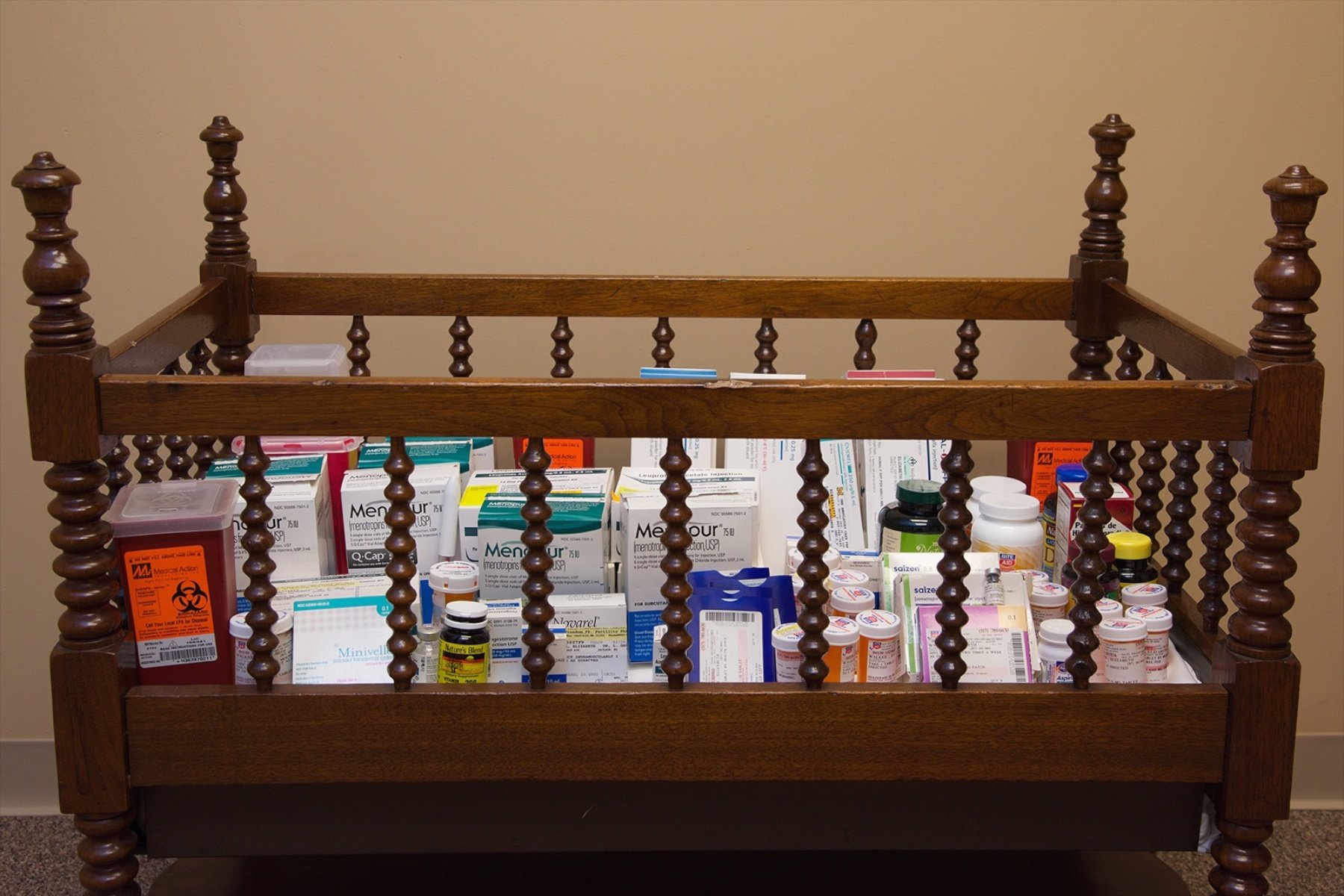After my miscarriage, I wrote a poem. Even though I’m a writer, I’d never written poetry before. But as I faced a barrel of mixed emotions–pain, sadness, shock, grief, fear, shame–I felt drawn to a freer form of expression. In the mysterious way that art works, poetry, like other forms of writing and creative expression, helped me heal.
Elizabeth Walker knows the feeling. When she was unable to conceive, she tried nine cycles of various infertility treatments, which included injectable drugs and artificial insemination. When nothing worked, she opted to undergo in vitro fertilization (IVF), an invasive procedure where a woman’s eggs are surgically retrieved from her body and mixed with sperm in a lab. The resulting embryo is then transferred back into the woman’s uterus.
The procedure went awry, and Walker wound up at the hospital for emergency surgery. The entire ordeal left her in excruciating pain. “I couldn’t pick up my camera,” says Walker, a professional photographer. “The equipment was too heavy.”
In bed during her recovery, she picked up something lightweight instead: paper. She ripped up solid-colored paper and handmade paper with flowers and pasted the shreds to a canvas. Then she painted the paper to make a collage of images that expressed her disappointment. “I wanted to make a visual representation of what I was going through,” she says. “Art was a creative way to make a historical record.”
Walker’s artwork resonated with others. Infertility is overwhelming and hard to explain, she says, but when she showed her art to friends and family, they seemed to understand what she was going through in a way they hadn’t before. It helped her open up as well. It had taken her two years before she could tell her mom what she was going through, but her artwork eased the lines of communication. “My art served as a conversation piece to share my story,” she says.
It didn’t take long for Walker to realize that she could not only use her art to help her personal relationships, but to educate entire communities and raise awareness about infertility. She began to encourage other women who were struggling to conceive to paint, write, use mixed media—anything that helped them maintain their well-being. The idea garnered so much positive feedback, Walker held an exhibit, “The ART of IF,” at the Ella Sharp Museum in Jackson, Michigan, where she lives. The exhibit is now traveling the country, and it’s coming to Busboys & Poets (5th and K streets, DC) on May 15.The exhibit is open to the public from 3 to 7 p.m. with workshops from 3 to 5 (including a workshop I’m voluntarily offering called Journaling Your Fertility Journey; workshops are free but you must preregister).
Here are a few examples of the powerful work various women have contributed:
Crib with Medication Boxes: a crib full of needles, empty medication boxes, and pill bottles, representing the remnants of drugs for a baby who never came to be.
IVF Journal by Sarah Clark Davis: thoughts, drawings, and quotes from a woman who recorded her fertility process in a series of journal entries. At first, only a few selected pages were exhibited behind a glass case, but Davis has since decided that she’s willing to share her journal with the world, and an entire reproduction is being made for others to browse through.
Lady in Waiting: a display of tubes and eggs that express the potential for life.
Necklace and Bracelet: jewelry where each bead represents a hormone shot taken during an in vitro fertilization procedure.
The Contribution Tree: a tree that features the different sort of legacies childless women are leaving behind as they contribute to society.
Walker is accepting submissions from Washingtonians for the upcoming exhibit through May 5. She will also be participating in RESOLVE’s Advocacy Day on May 13(an event where the infertility community comes together to talk with Congress) where she will feature portraits, hold interviews, and provide facts and figures on infertility.
“You don’t have to be a professional artist or even an amateur artist to contribute,” Walker says. She simply hopes those who are experiencing infertility will make–and share–anything that is helping them through it.



















